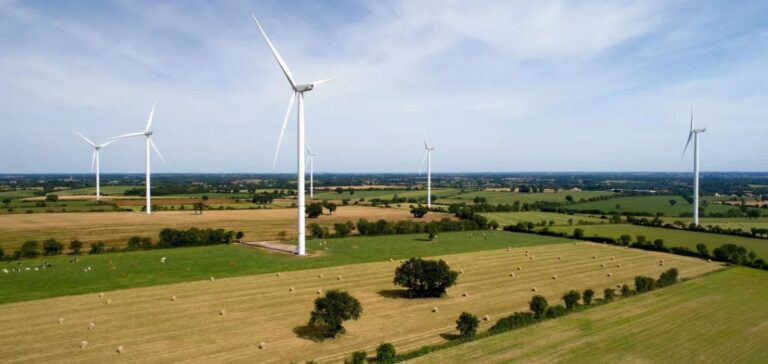The recent contract signed between SNCF Energie and Valorem represents a major turning point in the use ofgreen energy in the French rail sector. The 25-year contract enables Valorem to supply 93 gigawatt-hours (GWh) of electricity per year to SNCF Energie. This supply is specifically intended to power the TGV link between Paris and Rennes.
Features of the Cheniers wind farm
The Cheniers wind farm in the Marne region of France comprises eight wind turbines with a total capacity of 36 megawatts (MW). This facility is notable not only for its size, but also for being the largest wind farm to benefit from a private power purchase agreement in France. Commissioning is scheduled for autumn.
Economic and environmental implications
The signature of this PPA (Power Purchase Agreement) with Valorem enables SNCF Energie to secure its electricity supply at a stable and predictable price, protecting it from the often unpredictable fluctuations of the energy market. From an environmental point of view, this project helps the SNCF meet its targets for reducing greenhouse gas emissions, by providing clean energy for one of its main TGV lines.
SNCF Energie’s PPA strategy
SNCF Énergie, a subsidiary of SNCF Voyageurs, is a forerunner in France in the adoption of direct long-term contracts for the purchase of renewable energy. Since 2018, the company has implemented several of these agreements, known by the acronym PPA, which are proliferating across the industry as a means of ensuring sustainable energy while meeting regulatory and public requirements for cleaner energy solutions.
Background and local acceptance of the Cheniers project
Valorem is managing the Cheniers wind farm as an extension of a project already in place since 2016. The fact that the project will be approved in 2021 without any significant opposition underlines the strong local acceptance that is often a major challenge for such developments. This acceptance is attributed to the quality of the project’s development and its perceived positive impact on the local community in terms of job creation and improved infrastructure.
The partnership between SNCF Energie and Valorem for the Cheniers wind farm represents a significant step forward in France’s efforts to increase the share of renewable energy in its energy mix. This project illustrates how strategic collaborations can help achieve environmental goals while supporting the energy needs of essential public services such as rail transport.






















